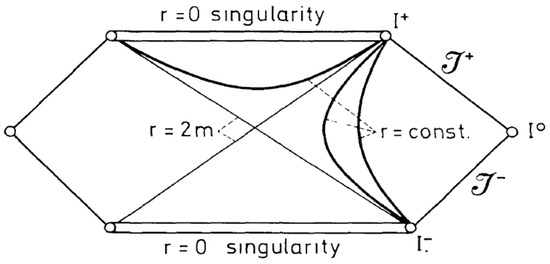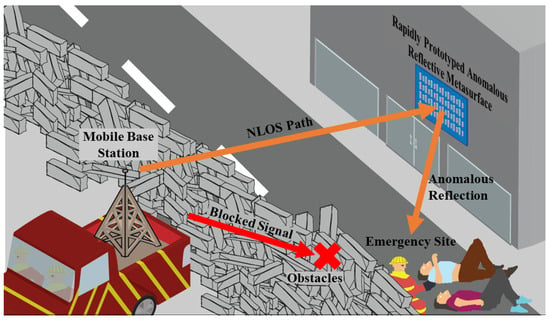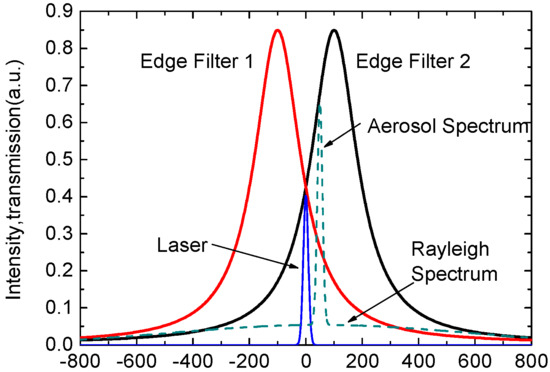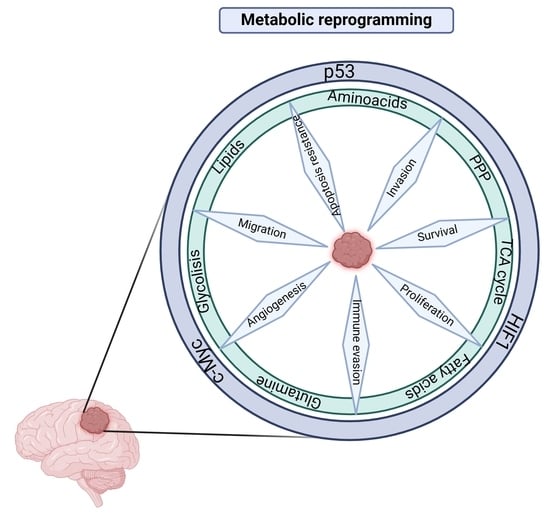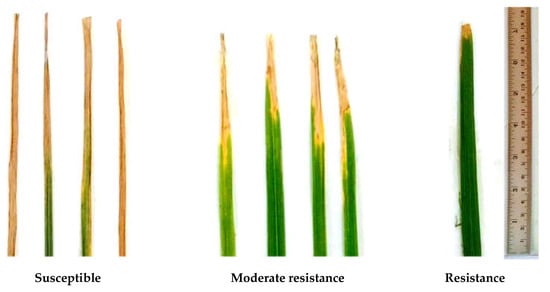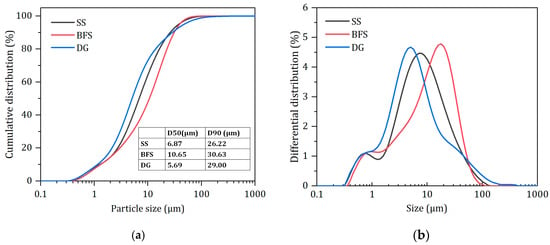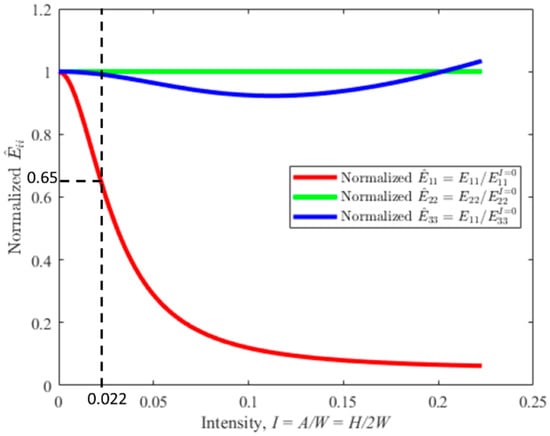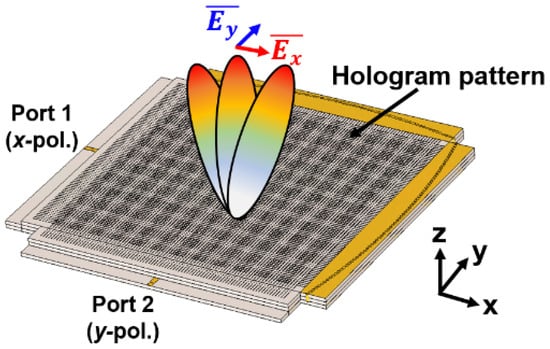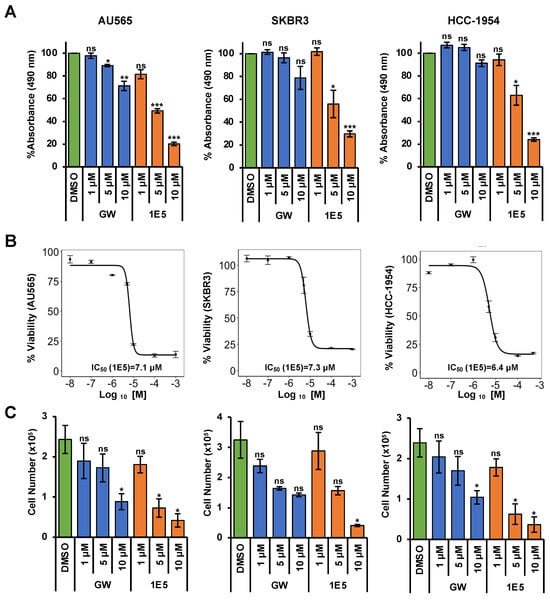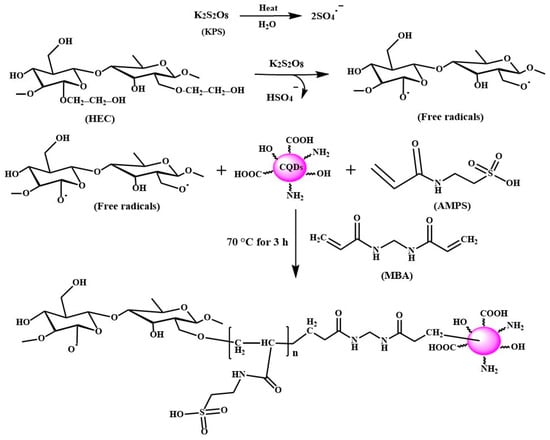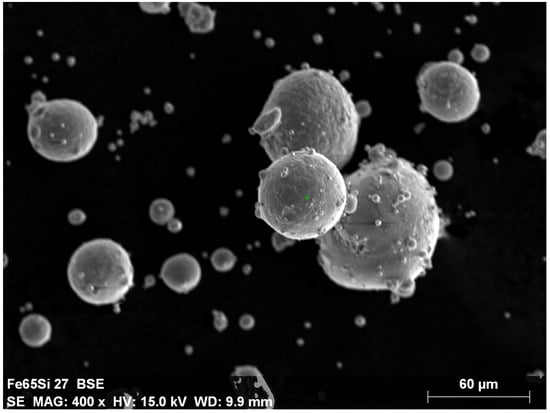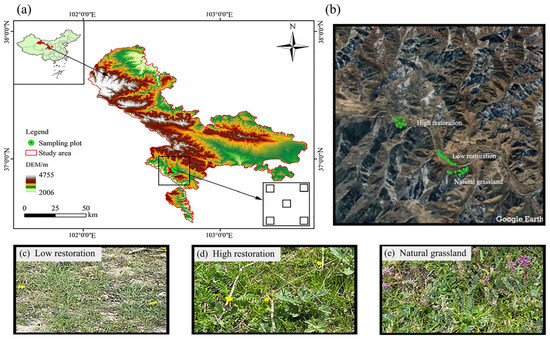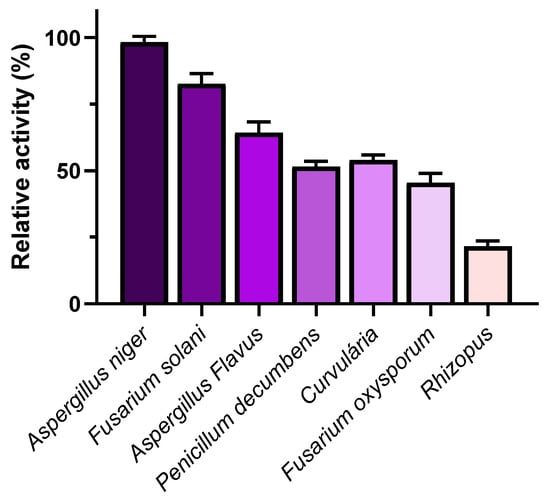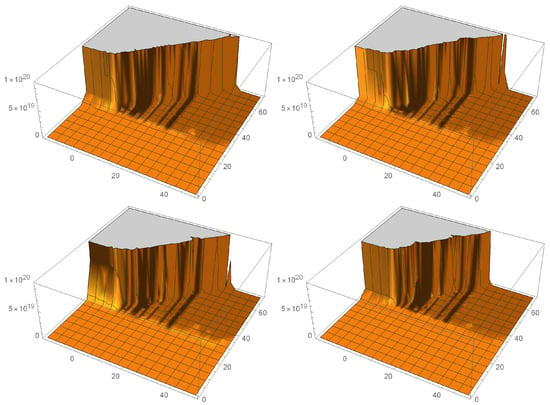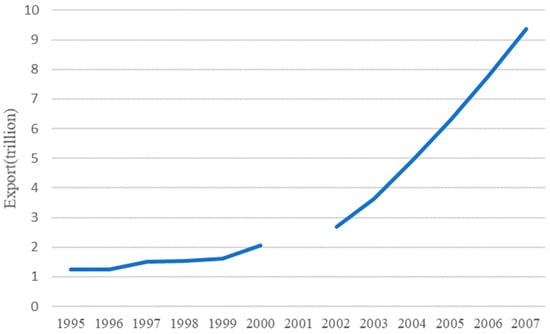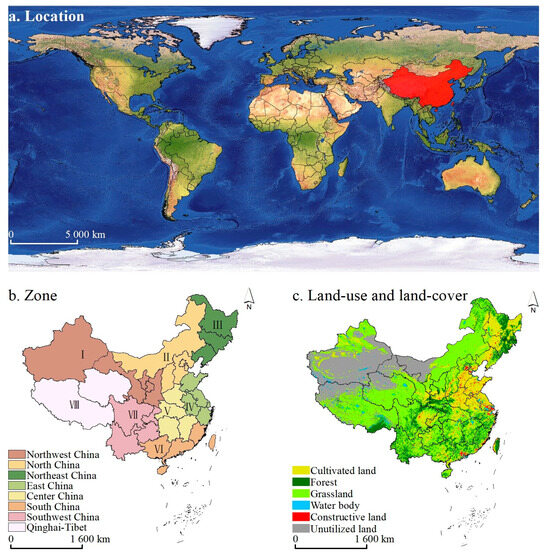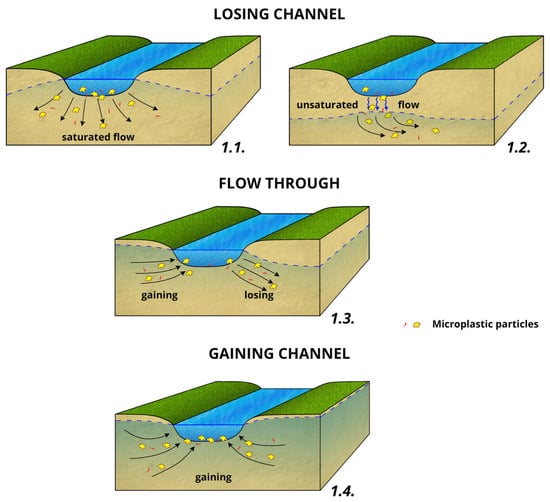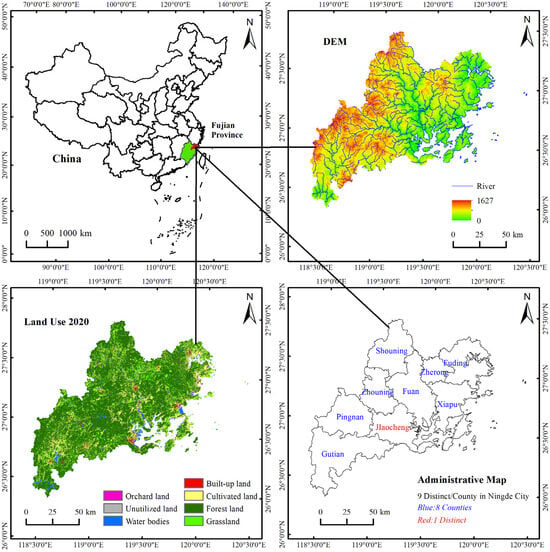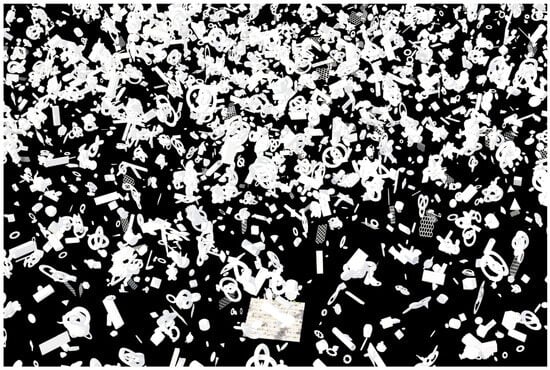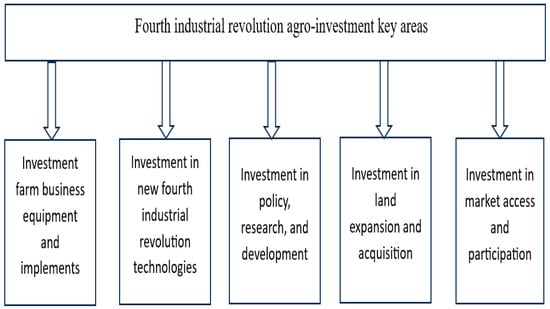To understand how the soil microbial community structure responds to vegetation restoration in alpine mining areas, this study specifically examines the grassland ecosystem in the Qianmalong mining area of the Qilian Mountains after five years of artificial restoration. High-throughput sequencing methods were employed to analyze soil bacteria and fungi microbial characteristics in diverse grassland communities. Combined with modifications in vegetation diversity as well as soil physicochemical properties, the impact of vegetation restoration on soil microbiome diversity in this alpine mining area was investigated. The findings indicated that the dominant plants were
Cyperus rotundus,
Carex spp., and
Elymus nutans. As the extent of the grassland’s restoration increased, the number of plant species, importance values, and plant community diversity showed an increasing trend. The plant functional groups were mainly dominated by Cyperaceae, followed by Poaceae. Plant height, density, plant cover, frequency, and aboveground biomass showed an increasing trend, and soil water content (SWC) increased. While soil pH and soil electrical conductivity (EC) exhibited a declining trend, available phosphorus (AP), total phosphorus (TP), total nitrogen (TN), nitrate nitrogen (NO
3-N), soil organic carbon (SOC), and soil water content (SWC) showed an increasing trend. The dominant bacterial communities were Actinobacteriota, Proteobacteria, Acidobacteriota, Chloroflexi, Firmicutes, and Gemmatimonadota, while the dominant fungal communities were Ascomycota, Mortierellomycota, Basidiomycota, unclassified_k_Fungi, and Glomeromycota. Significant differences were detected within soil microbial community composition among different degrees of restoration grasslands, with bacteria generally dominating over fungi. SWC, TP, and TN were found to be the main soil physicochemical factors affecting the distribution of soil bacterial communities’ structure; however, SOC, TN, and NO
3-N were the primary factors influencing the soil distribution of fungal communities. The results of this study indicate that different degrees of vegetation restoration in alpine mining areas can significantly affect soil bacterial and fungal communities, and the degree of restoration has varying effects on the soil bacteria and fungi community structure in alpine mining areas.
Full article
 IJMS
IMPACT
IJMS
IMPACT Applied Sciences
IMPACT
Applied Sciences
IMPACT Sustainability
IMPACT
Sustainability
IMPACT Sensors
IMPACT
Sensors
IMPACT JCM
IMPACT
JCM
IMPACT Energies
IMPACT
Energies
IMPACT Molecules
IMPACT
Molecules
IMPACT Materials
IMPACT
Materials
IMPACT Remote Sensing
IMPACT
Remote Sensing
IMPACT Cancers
IMPACT
Cancers
IMPACT Electronics
IMPACT
Electronics
IMPACT Mathematics
IMPACT
Mathematics
IMPACT Foods
IMPACT
Foods
IMPACT Buildings
IMPACT
Buildings
IMPACT Plants
IMPACT
Plants
IMPACT Nutrients
IMPACT
Nutrients
IMPACT Animals
IMPACT
Animals
IMPACT Polymers
IMPACT
Polymers
IMPACT Water
IMPACT
Water
IMPACT Diagnostics
IMPACT
Diagnostics
IMPACT Biomedicines
IMPACT
Biomedicines
IMPACT Agronomy
IMPACT
Agronomy
IMPACT Microorganisms
IMPACT
Microorganisms
IMPACT Processes
IMPACT
Processes
IMPACT Healthcare
IMPACT
Healthcare
IMPACT Forests
IMPACT
Forests
IMPACT Cells
IMPACT
Cells
IMPACT JMSE
IMPACT
JMSE
IMPACT Medicina
IMPACT
Medicina
IMPACT Viruses
IMPACT
Viruses
IMPACT Agriculture
IMPACT
Agriculture
IMPACT Nanomaterials
IMPACT
Nanomaterials
IMPACT IJERPH
IJERPH
 Land
IMPACT
Land
IMPACT Pharmaceutics
IMPACT
Pharmaceutics
IMPACT Pharmaceuticals
IMPACT
Pharmaceuticals
IMPACT Religions
IMPACT
Religions
IMPACT Biomolecules
IMPACT
Biomolecules
IMPACT Life
IMPACT
Life
IMPACT Micromachines
IMPACT
Micromachines
IMPACT Atmosphere
IMPACT
Atmosphere
IMPACT Antioxidants
IMPACT
Antioxidants
IMPACT Genes
IMPACT
Genes
IMPACT Metals
IMPACT
Metals
IMPACT Symmetry
IMPACT
Symmetry
IMPACT Children
IMPACT
Children
IMPACT Coatings
IMPACT
Coatings
IMPACT Vaccines
IMPACT
Vaccines
IMPACT Horticulturae
IMPACT
Horticulturae
IMPACT Education Sciences
IMPACT
Education Sciences
IMPACT Minerals
IMPACT
Minerals
IMPACT Brain Sciences
IMPACT
Brain Sciences
IMPACT JPM
IMPACT
JPM
IMPACT Bioengineering
IMPACT
Bioengineering
IMPACT




